Introduction
Yes, dogs can eat lentils. Not only are lentils not toxic, but they are pretty beneficial. Lentils are rich sources of protein and fiber and contain a surprising amount of vitamins, minerals, and phytonutrients.
However, keep in mind that dogs are carnivores meaning they prefer meat instead of plant-based proteins. Therefore, the correct answer to the main question would be that dogs can eat lentils as an occasional addition to an otherwise complete and balanced diet.
Why are Lentils Good for Dogs?
Lentils are a popular food choice because they have a unique nutritional profile. Plus, they are readily available and relatively inexpensive. In fact, many dog food brands use lentils as an additional protein source in their diet formulas.
Plant-Based Proteins
Lentils are rich in proteins (one cup contains as much as 230 grams of protein). Dogs need protein as building blocks and as a source of energy.

Weight-loss support
Lentils are an excellent choice for dogs on weight-loss regimens. They are rich in healthy nutrients and low in fats and calories. Plus, the fiber in lentils will keep the dog full and satiated for longer.
Tons of Prebiotics
Lentils contain high amounts of dietary fiber. These fibers are a food source for the gut’s healthy bacteria, thus ensuring proper digestion and intestinal motility. Plus, dietary fibers can lower blood sugar and cholesterol levels and are associated with improved heart health.
Contains Lectins
Lectins are specific plant proteins that bind with sugar molecules. They are beneficial because they slow down sugar absorption once they bind, preventing blood sugar spikes – an element critical for dogs with diabetes. Plus, lectins have strong antioxidant properties.
Rich in Folic Acid
Folic acid is critical for cellular health and the formation of new cells. It also prevents DNA changes that may lead to cancer development. When given to pregnant bitches, folic acid decreases the risk of certain congenital defects.
Diverse Mineral Profile
Lentils are rich in various minerals, including copper, manganese, phosphorus, iron, and potassium. All of these minerals are vital for normal body functioning.
Can Lentils be Bad for Dogs?
With so many benefits, why not add a scoop of boiled lentils to the dog’s food bowl every day? Well, before you do this, keep in mind that lentils are not part of the dog’s natural diet.
Namely, although beneficial, if fed excessively, lentils and legumes can have adverse health effects. Let’s go through the reasons why dogs should not eat lentils daily.
Digestive Upsets
Same as any human food, lentils can trigger digestive upsets in dogs. The typical digestive upset manifests with gastrointestinal issues like vomiting, diarrhea, loss of appetite, abdominal pain, dehydration, and lethargy.
Lectins can be bad
We have already described the health benefits of lectins. However, if over-consumed, they can be bad. Namely, once bound with sugar molecules, the lectins can inhibit the absorption of other nutrients causing malnutrition. Plus, they survive digestion and stick to the intestinal walls causing abdominal pain and leaky gut. In other words, lectins make the lentils hard to digest.
Lentils Allergies
Lentils are packed with proteins, and as you know, dogs can be allergic to proteins. Although lentils allergies are not particularly common, they are something you need to keep an eye for. If your dog has stomach upsets or feels itchy after eating lentils, it means it is allergic to this nutritious legume.
Possible Heart Disease
Grain-free diets for dogs are linked with an increased risk of heart disease, significantly dilated cardiomyopathy. Most grain-free diets include legumes instead of grains. However, it is not clearly understood whether the heart disease potential stems from a lack of grains or the presence of legumes.
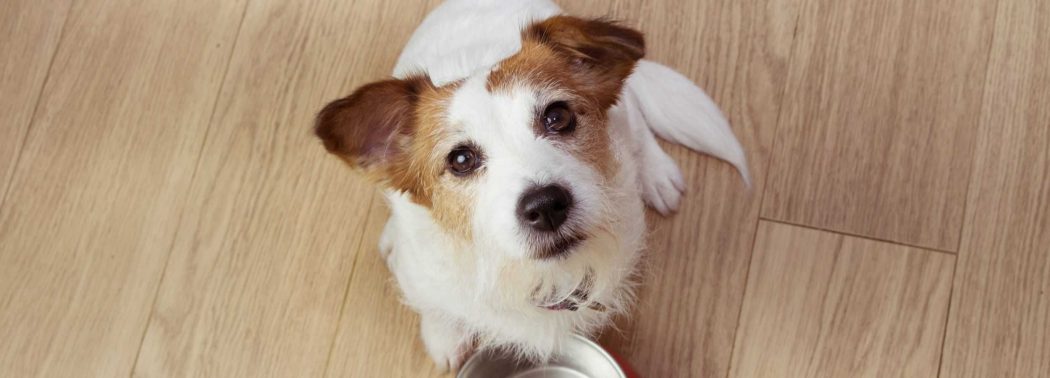
How Much Lentils Can my Dog Eat?
A healthy, adult and medium-sized dog can eat one soup scoop of lentils. You should serve smaller dogs half a soup scoop, and larger dogs can safely eat one and a half. In terms of serving frequency, giving your dog lentils once a week is enough.
However, if serving lentils for the first time, we recommend starting small – give your dog half the portion size and watch for side effects – tummy issues and allergies. If everything is fine, you can provide an entire portion next time.
How to Prepare and Serve Lentils for Your Dog?
To make sure the lentils are healthy and safe for your dog, you need to start at the beginning – with shopping. If possible, always buy organic lentils. That way, you do not have to be worried about pesticide residues.
Once you have the lentils, you need to prepare them properly. By proper preparation, we mean soaking and cooking. These processes decrease the amount of lectins, thus preventing digestive issues. As always, the cooking should be plain.
You can give the cooked and plain lentils alone, mix them with the dog’s regular food, or as part of a homemade meal. For example, you can combine them with lean meat and carrots for a complete serving portion.
Frequently Asked Questions
No, dogs should not eat lentils soup. This is because most lentils soup recipes include onions, and onions are an extremely toxic vegetable for dogs. Plus, we often add spices in soups, which can wreak havoc on the dog’s tummy.
Yes, dogs can eat red lentils past. However, there are several two caveats – the pasta needs to be served plain (no spices, seasonings, and condiments) and offered on rare occasions as pasta is not an everyday food for dogs.
Summary
All in all, dogs can eat lentils. However, they need to be served in moderation and carefully combined to ensure nutritionally balanced and complete meals. Basically, as with most human foods, moderation is the key.
Before serving your dog lentils, make sure you prepare the legume properly. And after feeding, try not to be bothered by the potential gasses your dog will be releasing.
Sources
- Effects of six carbohydrate sources on dog diet digestibility and post-prandial glucose and insulin response, A C Carciofi, F S Takakura, L D de-Oliveira, 2008
- Effect of Level and Source of Dietary Fiber on Food Intake in the Dog, Richard F Butterwick, 1995
- Oral folic acid supplementation decreases palate and/or lip cleft occurrence in Pug and Chihuahua puppies, Anna Domoslawska, Andrzej Jurczak, 2013
- Investigation of diets associated with dilated cardiomyopathy in dogs using foodomics analysis, Caren E. Smith, Laurence D. Parnell, Chao-Qiang Lai, 2021
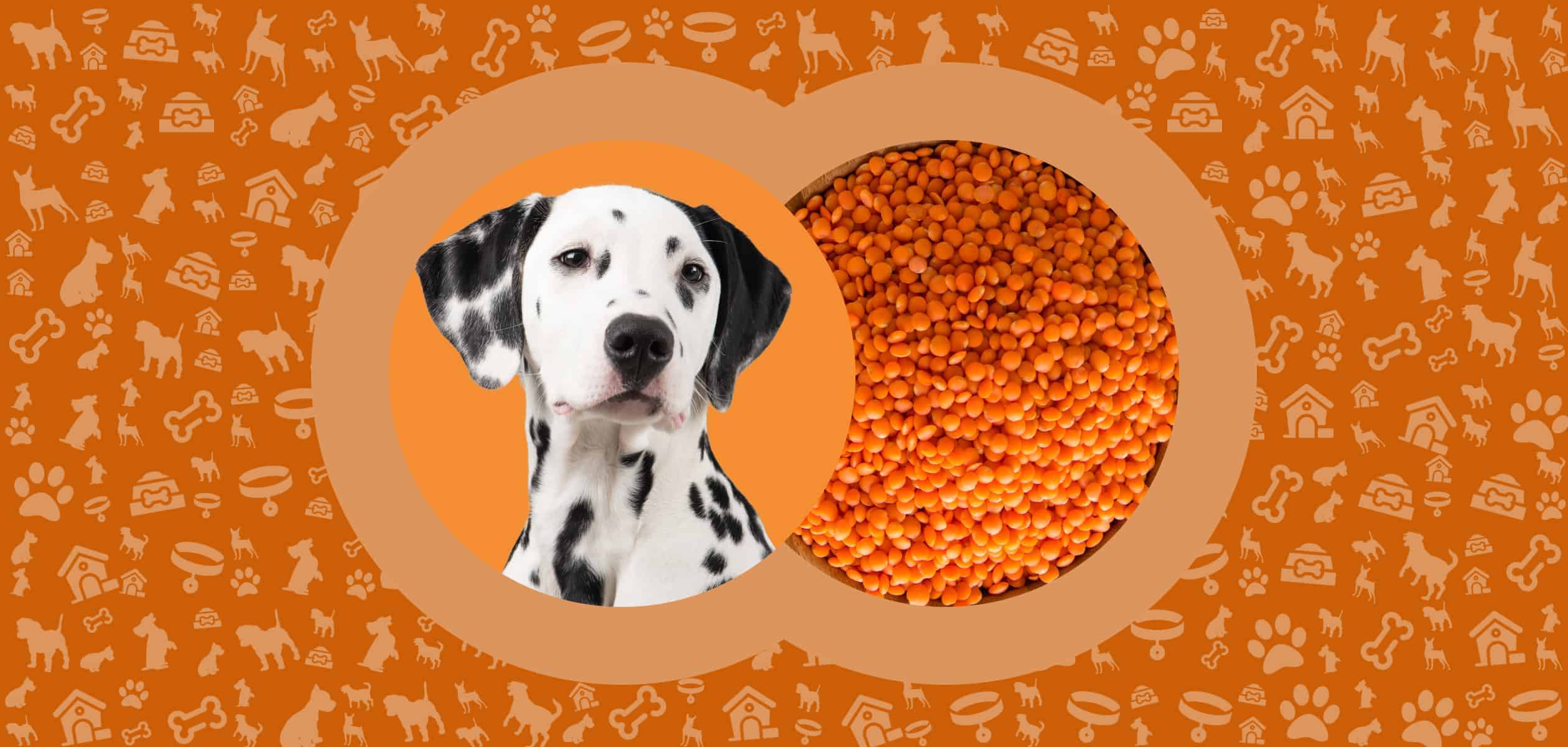
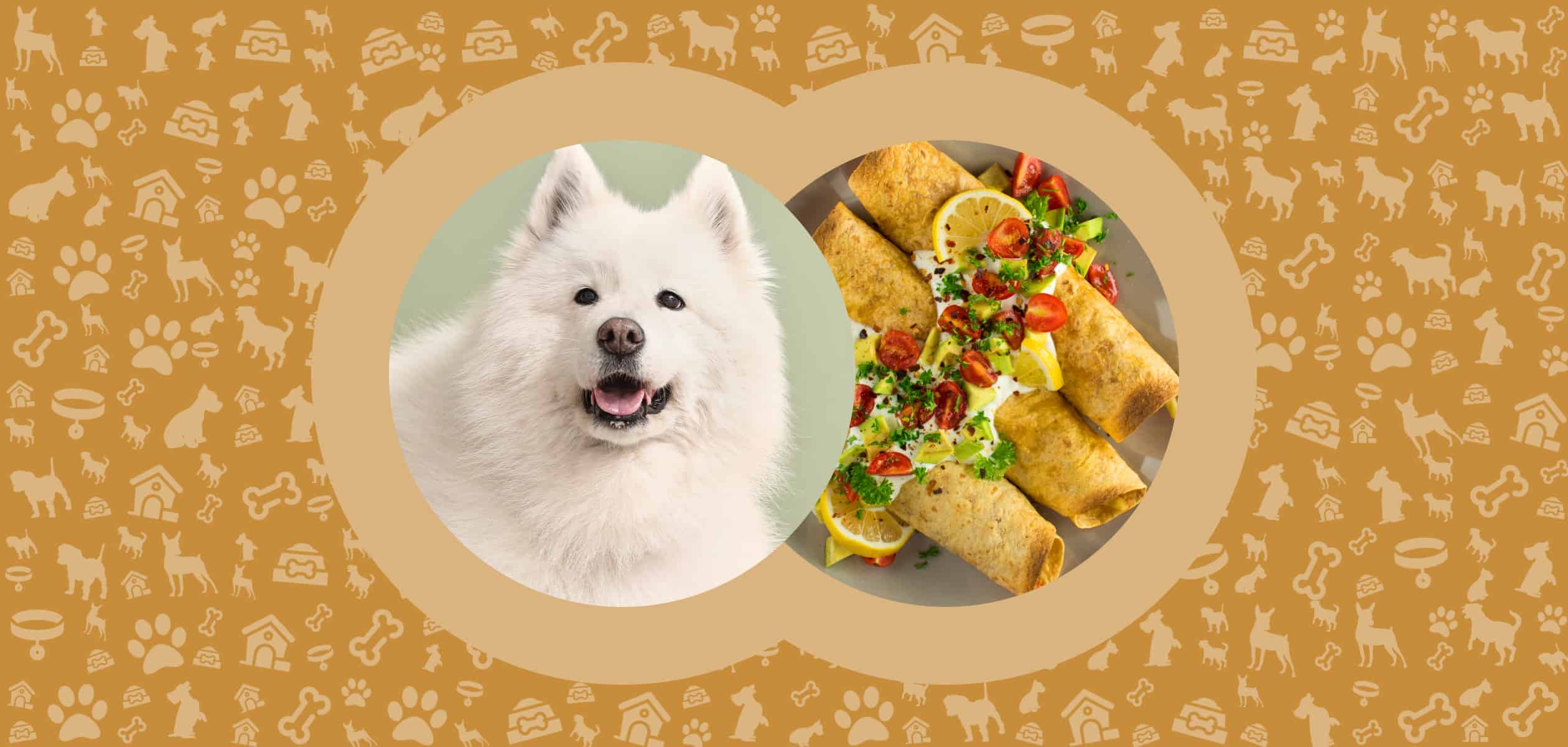
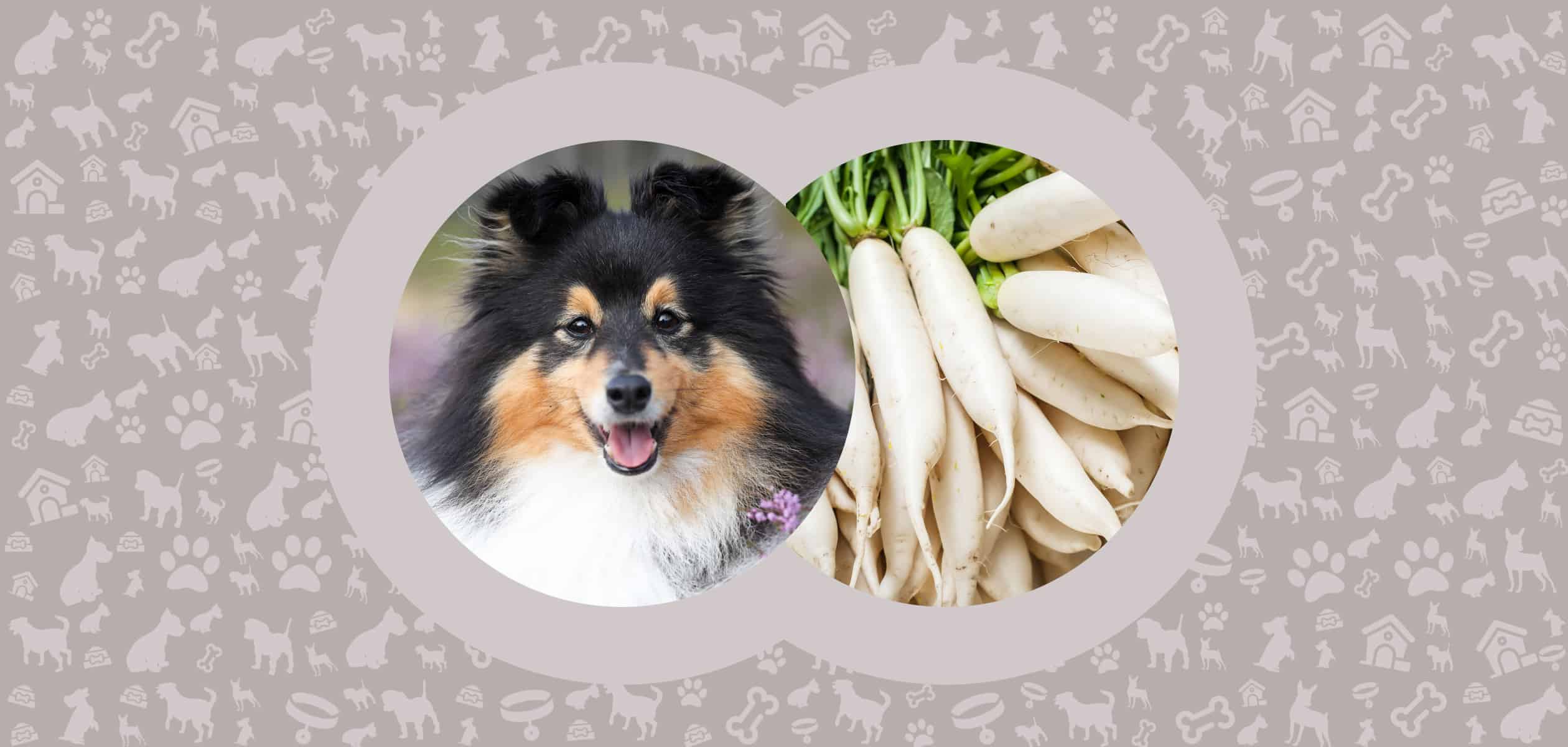
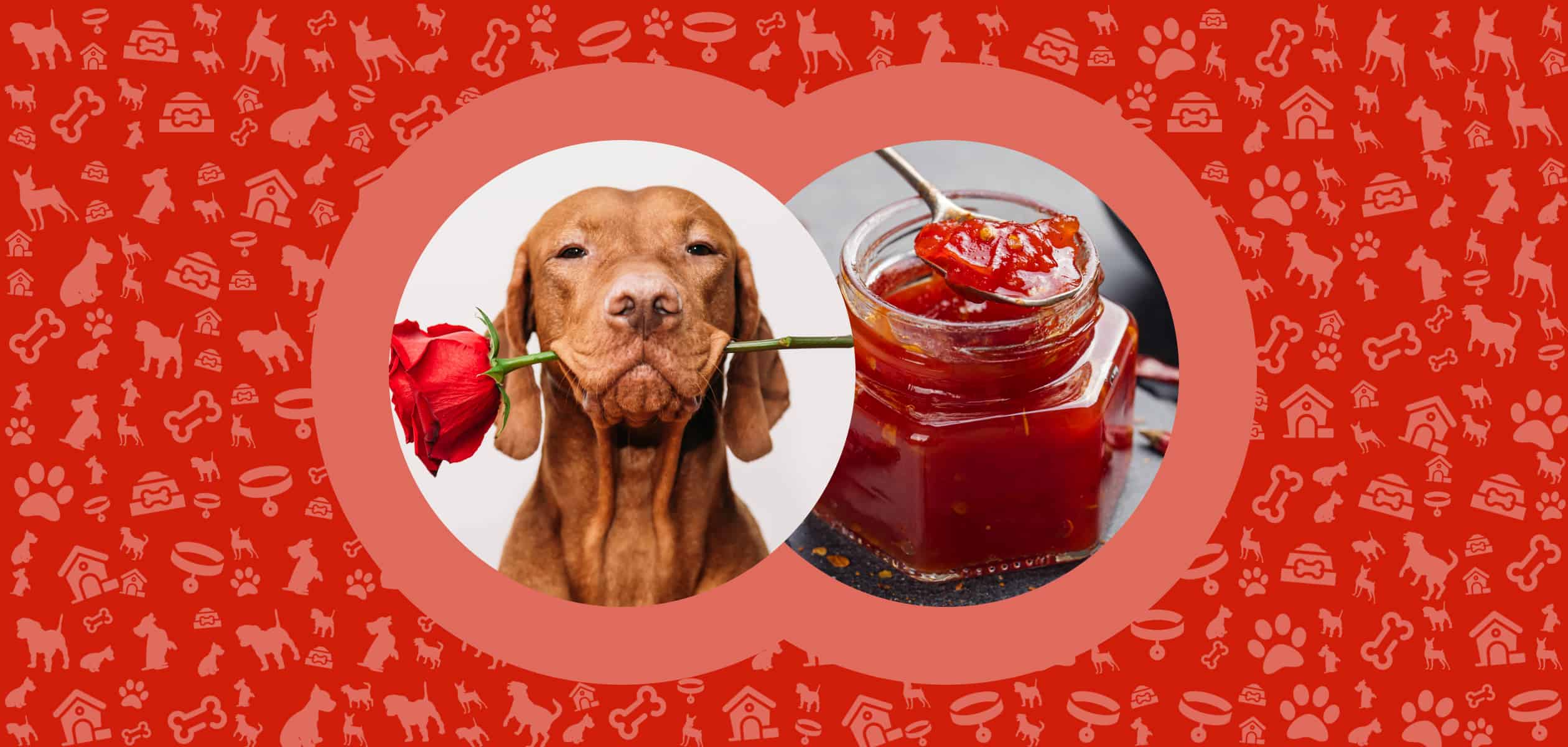
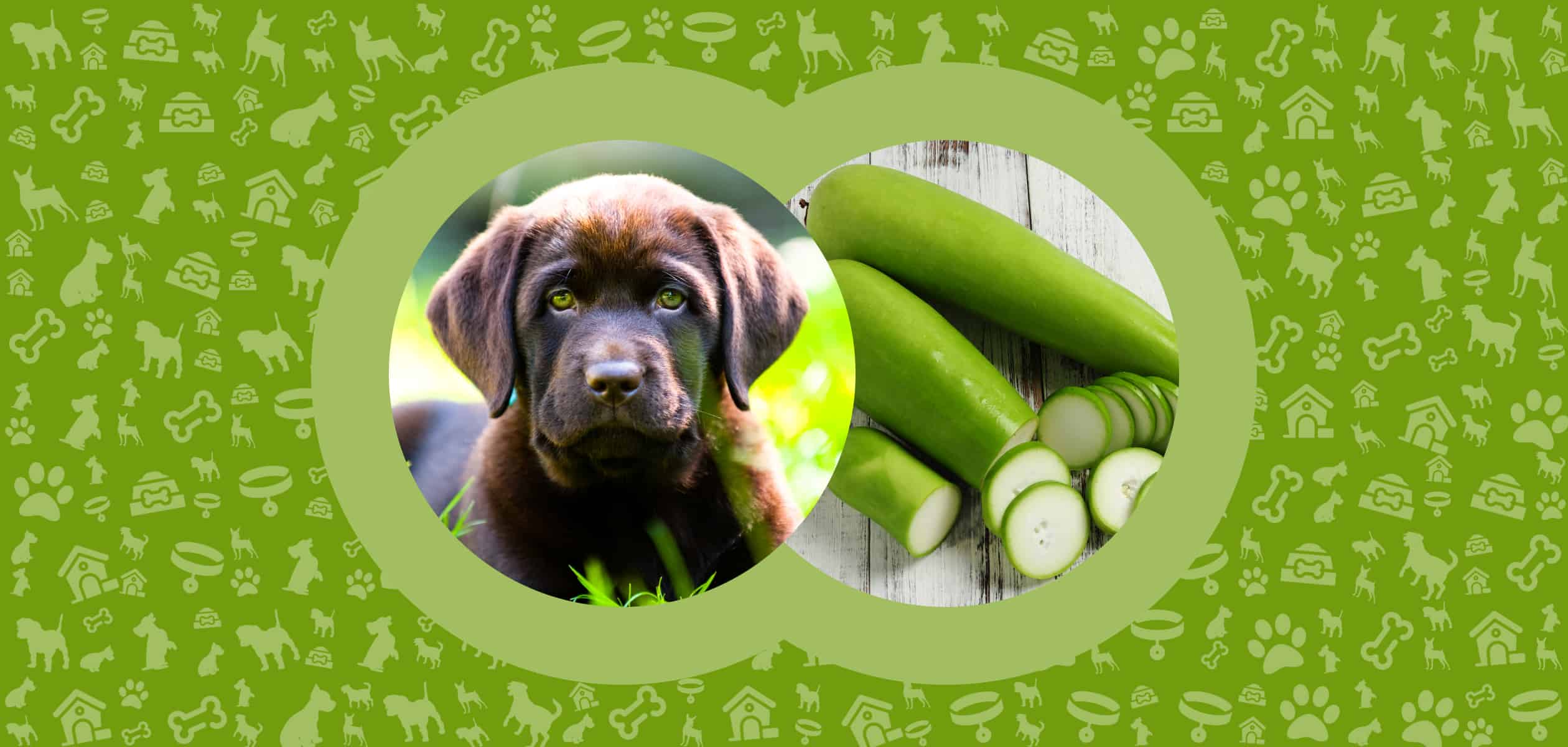
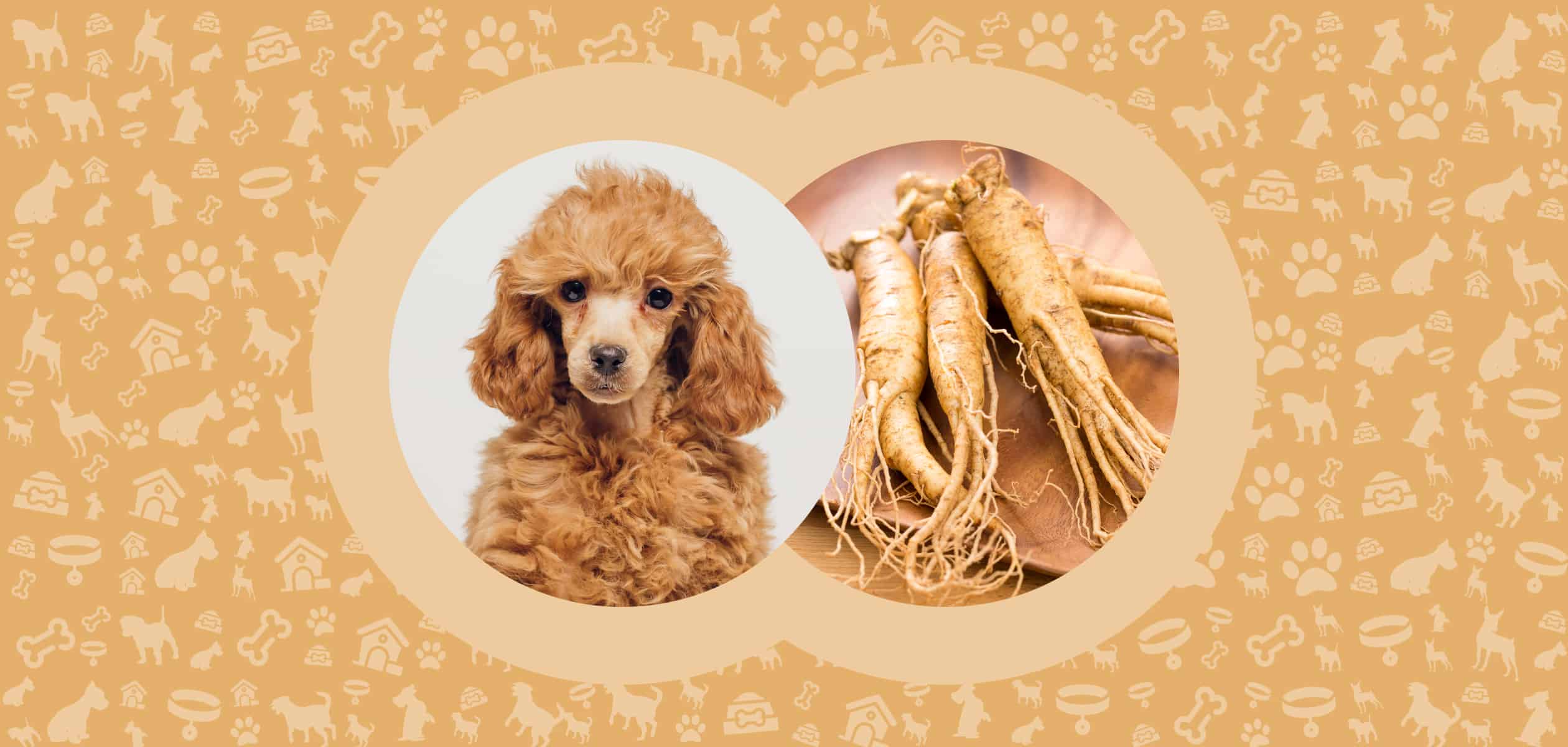
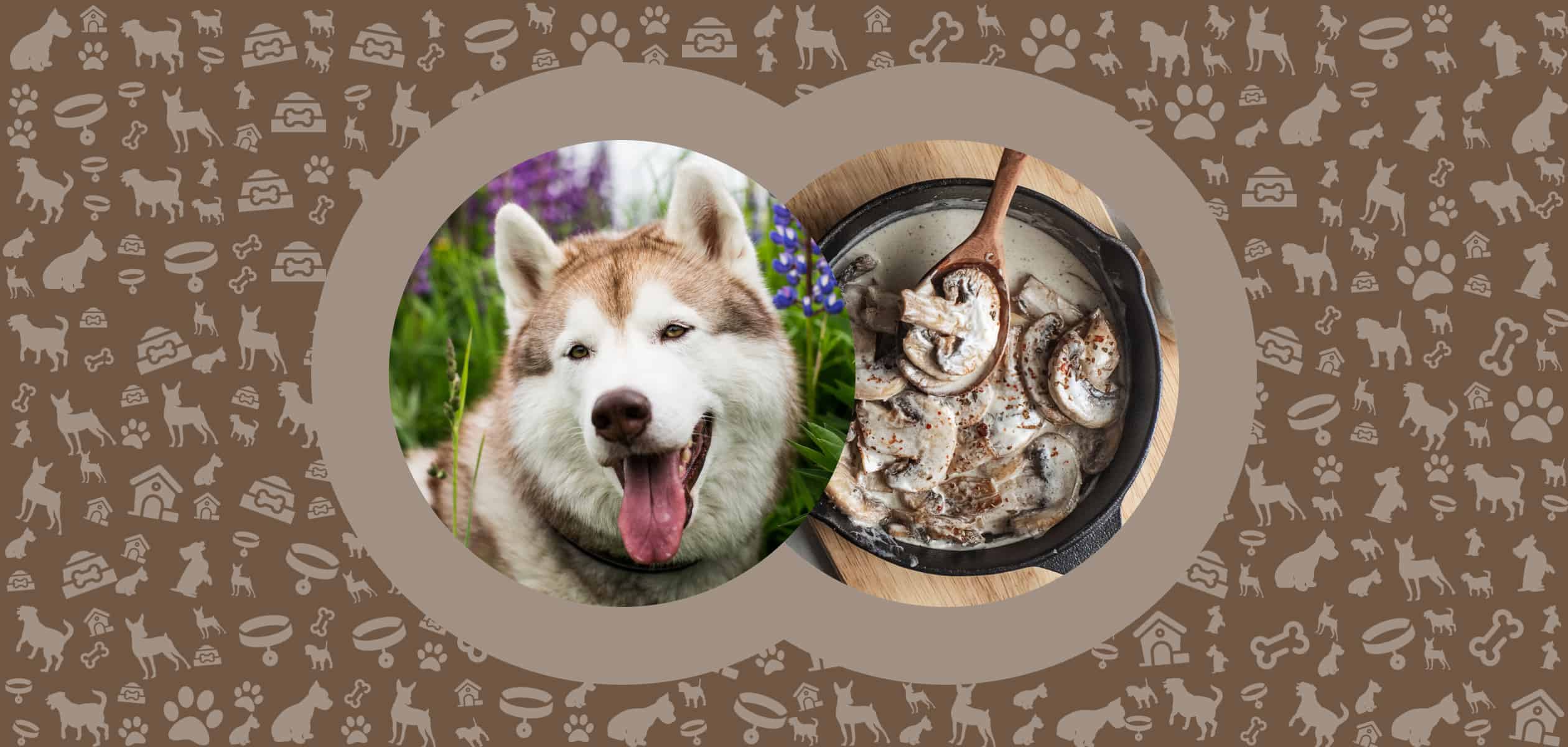
Leave a Comment